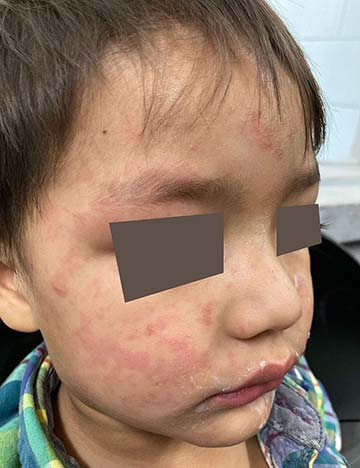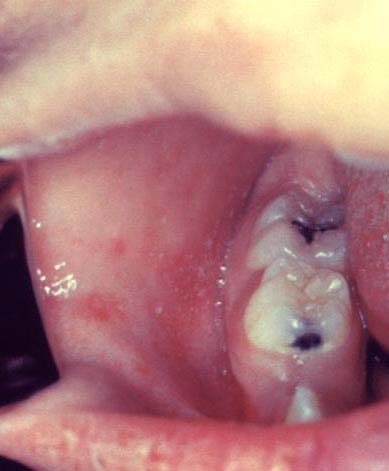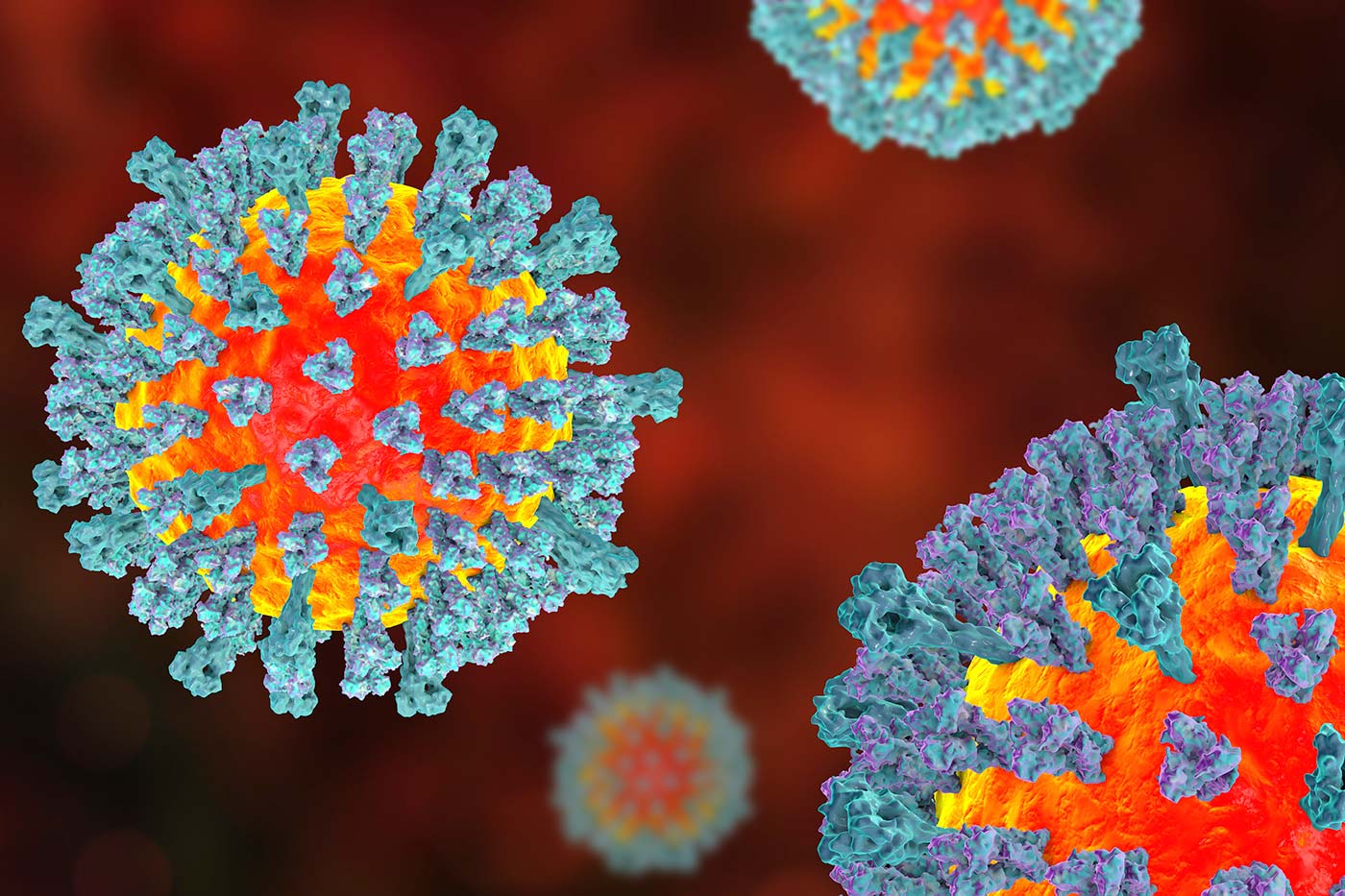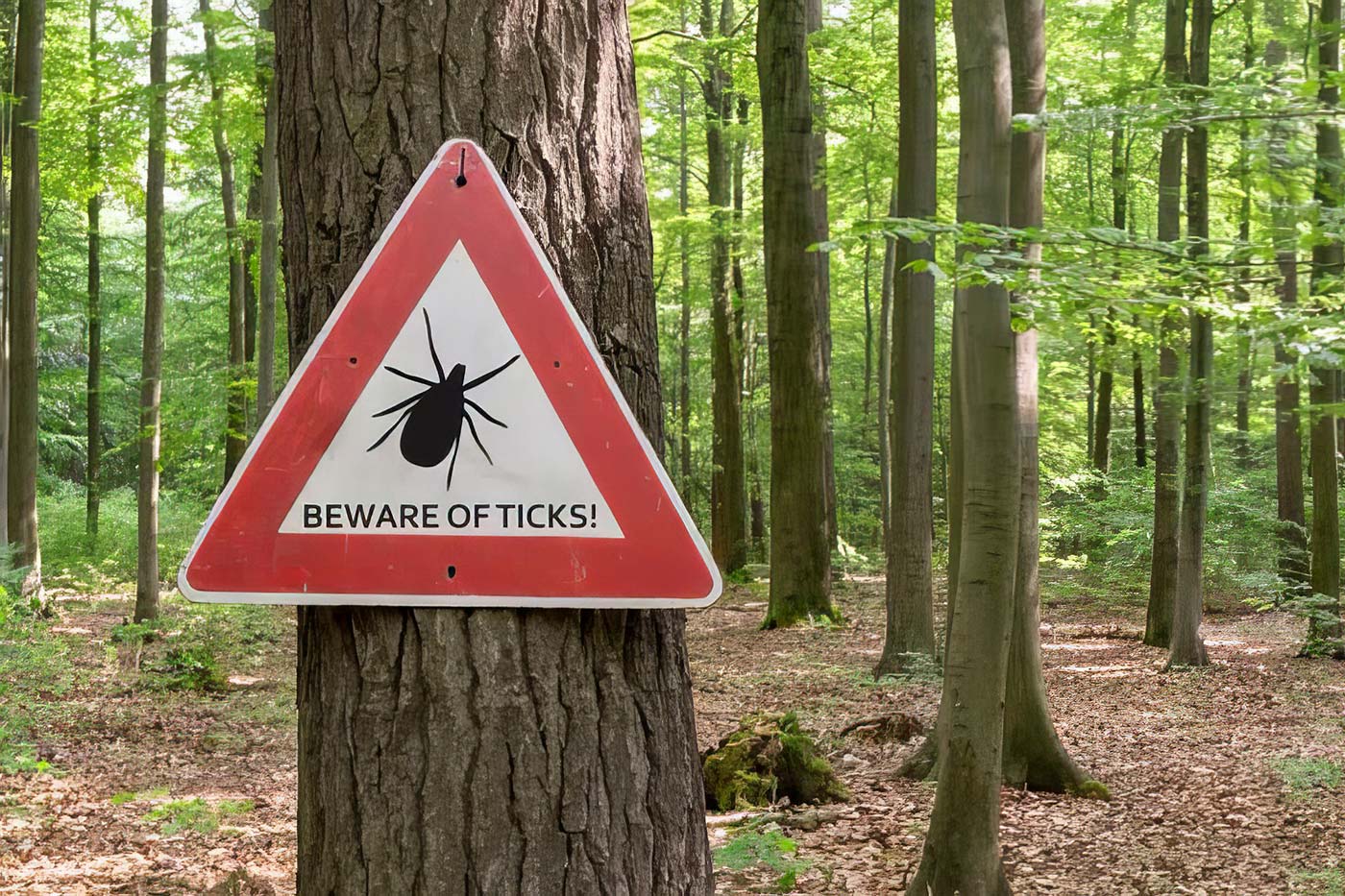Measles might feel like a blast from the past, but it’s not gone for good. Even with most Americans vaccinated, little outbreaks still happen—especially where vaccination rates slip. So, what does measles look like? How does it show up on your skin and in your body? And since we’ve mostly got our shots, do we need boosters or tests to stay safe? Let’s dive in.

Measles 101: What’s Happening in Your Body?
Measles comes from a virus—a tiny germ that spreads crazy fast through coughs or sneezes. After it gets into you, it hides out for 10-14 days (called the incubation period) before hitting you with symptoms. At first, it feels like a nasty cold, but soon it leaves some big clues—especially on your skin. It’s not just annoying; it can get serious, which is why knowing the signs matters.
The 4 Cs: Measles’ Calling Card
 Doctors have a handy way to spot measles early: the “4 Cs.” These are the classic symptoms that kick things off before the rash even shows up. Here’s what they are:
Doctors have a handy way to spot measles early: the “4 Cs.” These are the classic symptoms that kick things off before the rash even shows up. Here’s what they are:
- Cough: It’s dry, hacking, and won’t let up. You’ll sound like you’ve got something stuck in your throat for days.
- Coryza: Fancy word, simple meaning—a runny or stuffy nose. Think snot city, like the worst cold you’ve ever had.
- Conjunctivitis: Red, watery eyes that sting in bright light. It’s like pink eye on steroids, making you squint and tear up.
- Koplik Spots: These are tiny white dots inside your mouth, usually on your cheeks. They look like grains of salt with a red halo around them. They pop up 1-2 days before the rash and vanish quickly, but they’re a huge hint it’s measles.
The 4 Cs are your body’s first SOS signal. You’ll feel rotten—feverish, tired, and gross—while the virus gears up for its next move: that famous rash.
The Skin Story
After the 4 Cs set the stage, measles takes it up a notch with its skin game. Here’s how it plays out:
- Koplik Spots (Round One): We mentioned these in the 4 Cs—they’re the early warning inside your mouth. They’re gone fast, but if you catch them, they scream “measles.”
- The Measles Rash: Now the main event hits. It starts as flat, red spots on your face—around your hairline or ears. Over a few days, it spreads down your neck, chest, arms, and legs, basically taking over. The spots can blend into big blotches and sometimes get bumpy. The rash has been described as resembling a “paint bucket dumped on your head” in terms of its distribution over the body. It itches like crazy and hangs out for 5-6 days before fading. When it leaves, your skin might look brownish or peel a little, like after too much sun.
The rash isn’t just a fashion statement—it shows the virus is clashing with your immune system. That fever you’ve got? It might spike again when the rash appears, making you feel even lousier. Most people bounce back in a week or two, but measles can turn ugly—think pneumonia or even brain swelling in rare cases. Spotting it early can make a difference.
What Does It Feel Like?
Picture the flu, but meaner. You’re burning up (fevers can hit 104°F), coughing nonstop, and your nose is a mess. Your eyes hurt in light, and you’re too wiped out to move. Then the rash rolls in—itchy red spots everywhere. It’s miserable, especially for kids or anyone with a weak immune system. The skin stuff is just the surface; inside, your body’s fighting a tough battle.
Vaccination: Are We Still Good?
Good news: most of us got the measles vaccine as kids through the MMR shot (measles, mumps, rubella), given at 11-15 months and 4-6 years. It’s a rockstar—97% effective with both doses. Since the U.S. started vaccinating in the 1960s, measles cases crashed, and we called it “eliminated” here in 2000—it doesn’t spread on its own anymore. But it can hitch a ride from other countries, causing outbreaks if enough people skip shots.
So, do you need a booster or a blood test (called a titer) to check immunity? Usually, no—here’s the deal:
- No Routine Booster Needed: The CDC says two MMR doses protect you for life in most cases. Studies show those virus-fighting antibodies stick around for decades. Unlike tetanus, which needs a boost every 10 years, measles immunity holds strong.
- Titers Aren’t Usually Necessary: A titer test checks your blood for measles antibodies. It’s not routine since the vaccine’s so solid. If you got both shots, you’re almost definitely safe. Doctors might suggest it for high-risk folks—like healthcare workers—or during an outbreak, just to double-check.
- Exceptions to Watch: Born between 1957 and 1989? Vaccine rules were looser then—some got weaker shots or just one dose. If that’s you and you lack proof of two shots, ask your doctor; an extra dose might be wise. Same if you’re heading to a measles-prone country or never got vaccinated.
Outbreaks still happen when vaccination drops—like in 2019, when the U.S. had nearly 1,300 cases, mostly in unvaccinated groups. So even if you’re covered, keeping everyone vaccinated keeps measles at bay.
Wrapping It Up
Measles starts with the 4 Cs—cough, coryza, conjunctivitis, and Koplik spots—then explodes into a red, itchy rash that spreads everywhere. It’s a rough ride, but the MMR vaccine has made it rare in the United States. For most of us, those childhood shots are still working—no booster or titer needed unless you’re in a special spot.
Measles isn’t just a history lesson—it’s a reminder that vaccines matter. If you’re unsure about your status, a doctor can help sort it out. Let’s get educated and vaccinated and help keep measles where it belongs: in the past!




